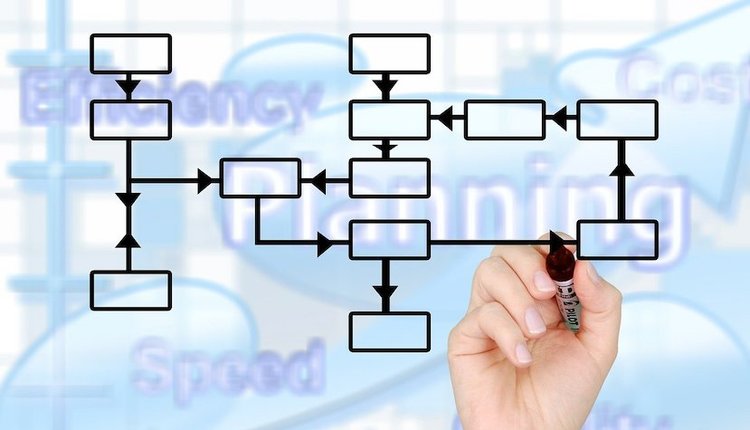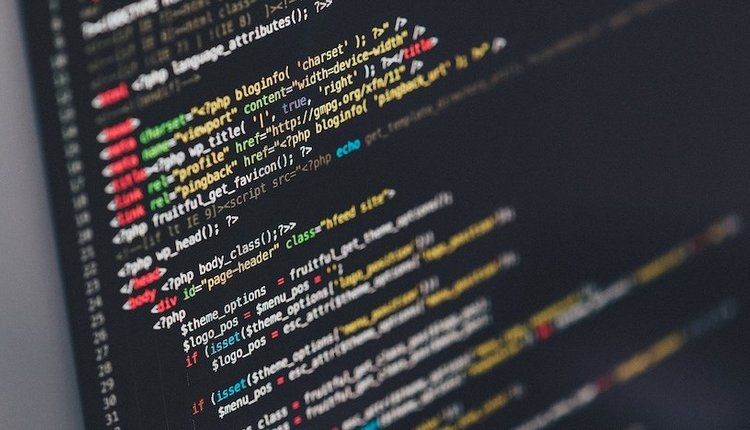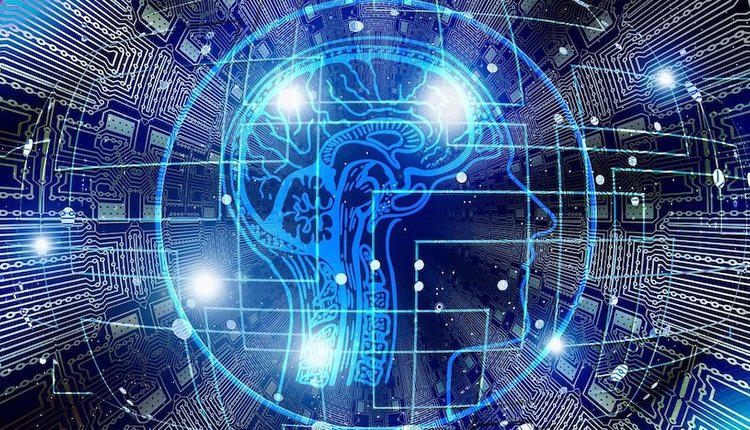
Image by: Katerina_Andronchik, ©2016 Getty Images
Electronic document management (EDM) in government is a very interesting issue that takes up a lot of meetings, though difficult to get the most use out of them. It is a slippery road for those who are not prepared to follow it through due to the different types of booby traps that can be found along the way, even those that have been placed with the very best of intentions. I have listed below some very basic topics to consider, which will have to be adapted to the country’s context, since they are all different.
Infrastructure
Obviously, there must be a technological infrastructure already in place. There are cases where this infrastructure has been built along a number of years but usually on an ad-hoc basis. For example, different departments or even ministries have installed “their own” EDM without having a common strategy as a whole. Even within the same ministry, it is common to find different "solutions" of EDM spread around different departments: some are just shared folders, while others result from the acquisition of some software, and still others are based on the “skills” of a particular employee to “develop” his/her own solution. Believe me, I have seen it all.
So, we have two different scenarios: the government that has not installed any specific EDM solution and the government where different solutions are already working but spread out in different places. The "blank slate" scenario is easier to deal with because it does not demand integration caused by having different solutions already in place. However, if this is the case, it may not be a good idea to impose a unified solution. Instead, it may be advisable to create an integration layer underneath the different solutions and let people carry on with the tools they are accustomed to; thus, change management is avoided here.
Legal
The legal aspects and infrastructure go hand in hand. Digital documents must meet legal requirements as far as they satisfy some sort of technological condition, which can be extended to the infrastructure itself. Digital signatures, proof that documents have not been tampered with, workflows, controlled access, and logs of document access all must be legislated, even if it is by simply adopting international standards. Nevertheless, legislation should not go into great technological detail, because technology evolves very, very fast. Often, by the time legislation is published, it may already be obsolete or may prevent technological advances.
For example, a European country wrote into its Constitution that citizens could not have just one ID number, which could be used for anything in their lives. The political reason behind it was merely electoral, because with the proper tools, one could access anything. However, it also prevented (at a reasonable cost and complexity) the possibility of integrating different ministries' EDM solutions since each ministry identifies the citizen in different ways.
So, legal aspects can define how fast or how impossible it is to implement a good EDM solution at the government level. There are excellent examples of good practices in Europe, US, Australia, and Singapore, just to mention some of the most conspicuous ones.
There is even one country in Europe where the law forbids handling paper documents either within a single ministry or among ministries. This is an interesting concept because in most cases, if we have paper documents as well as legal digital ones, the complexity of operation may tend to be higher than just managing paper—food for thought.
Mind-shifting methodologies
Moving from paper documents to digital ones may prove to be a difficult task within the area of change management. “Where do I place my (handwritten) decision?” is a fairly common question mainly from managers above a certain age. There is real doubt and real concern that can only be eliminated by training stakeholders, showing them there is a lot to gain at the individual level.
Since one can make a decision on a document from anywhere at any time—from home, from an airport terminal, from another person’s office, from vacation—there are very many procedures that may change in order to accommodate for these new possibilities. What about a worker’s legal rights? Is it easy to change procedure? Does one need changes in the law? Is it necessary to negotiate with unions?
Some of these issues may not be a problem whatsoever in some countries and may be a significant one in others.
Education
When a country decides to adopt EDM solutions for all sorts of reasons and benefits, such as economic, environmental, or quicker response time, it is only natural that its universities start teaching their students the merits of an EDM-based organization and even allow them to use a tool for their academic life cycle so they can also benefit from it and, in the future as professionals, adopt the concept.
Final thought
We could go on for 100 pages with different scenarios and possibilities, but the fact is, “It depends.” Like in a corporation, the existing culture will affect the efficiency of implementing such a solution. In a country, the implications of that same culture is taken to the power of N.
One thing is certain: Governments need to do, and be seen doing, what is best for their own citizens and for the world. EDM adoption is certainly a small but a necessary step to get there.
Joao Penha-Lopes specializes in document management since 1998. He holds two postgraduate degrees in document management from the University Lusofona (Lisbon) and a PhD from Universidad de Alcala de Henares (Madrid) in 2013, with a thesis studying the economic benefits of electronic document management (EDM). He is an ARMA collaborator for publications and professionally acts as an advisor on critical information flows mostly for private corporations. Follow him on Twitter @JoaoPL1000.
















